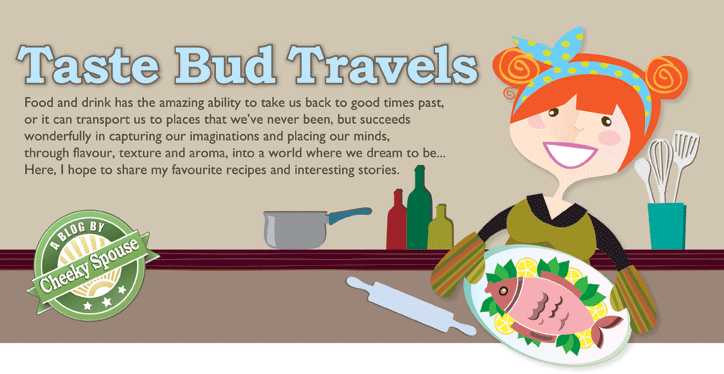Pollack is a fish that's in season at the moment so it proved a perfect time to use it in this delicious recipe. With cod being a threatened fish, the British public are being urged to try pollack as an alternative, and I can say that nobody would be disappointed with this fish. It's flesh is white and firm, yet flaky and has a clean taste of the sea, not too dissimilar to cod or haddock.
This recipe calls for fish that has its skin left on, but as I bought mine from the supermarket, it had been stripped of its natural covering by a well-meaning fishmonger – why do they do this? Often the skin is essential to imparting a full flavour and not only that, but it turns tantalisingly crispy when seared. Still, my rather naked fillets did manage to stand up well to the gorgeous caramelised onions – the sweetness is perfectly balanced with the clean fresh-tasting pollack.
The onions can be made in advance too and warmed through later.
I served the dish with some simply boiled new potatoes tossed in butter and some chopped flat-leaved parsley and young leaf spinach.
Serves 4
Ingredients
2 tablespoons unsalted butter
6 large yellow onions, cut into third inch slices
2 teaspoons sugar
2 whole cloves
one, 1 and a half pound pollack fillet, skin on, cut into 4 equal pieces
fine sea salt
2 teaspoons all-purpose flour
2 to 3 tablespoons bacon fat or butter
freshly ground black pepper
Method
Heat the butter in a large skillet over a medium heat. Add the onions and cook for 10 minutes, tossing the onions around every one in a while. Add the sugar and cloves and cook for 15 more minutes over medium-low heat, stirring occasionally, until the onions are soft, brown, and sweet. Keep warm over low heat.
Meanwhile, soak the fish in iced water for 15 to 20 minutes, or place it in a colander in the sink under cold running water for 15 to 20 minutes. Pat the fish dry with paper towels.
Rub the fillets with salt and dredge them in the flour. Heat the bacon fat or butter in a large non-stick skillet. Add the fish, skin side up and cook for 1 minute, then turn and cook for 5 to 7 minutes more until flaky.
Remove the cloves from the onions and discard. Distribute the onions among four plates, place the fish on top, season with pepper and serve.
Photo taken from the book
Buy the Book













